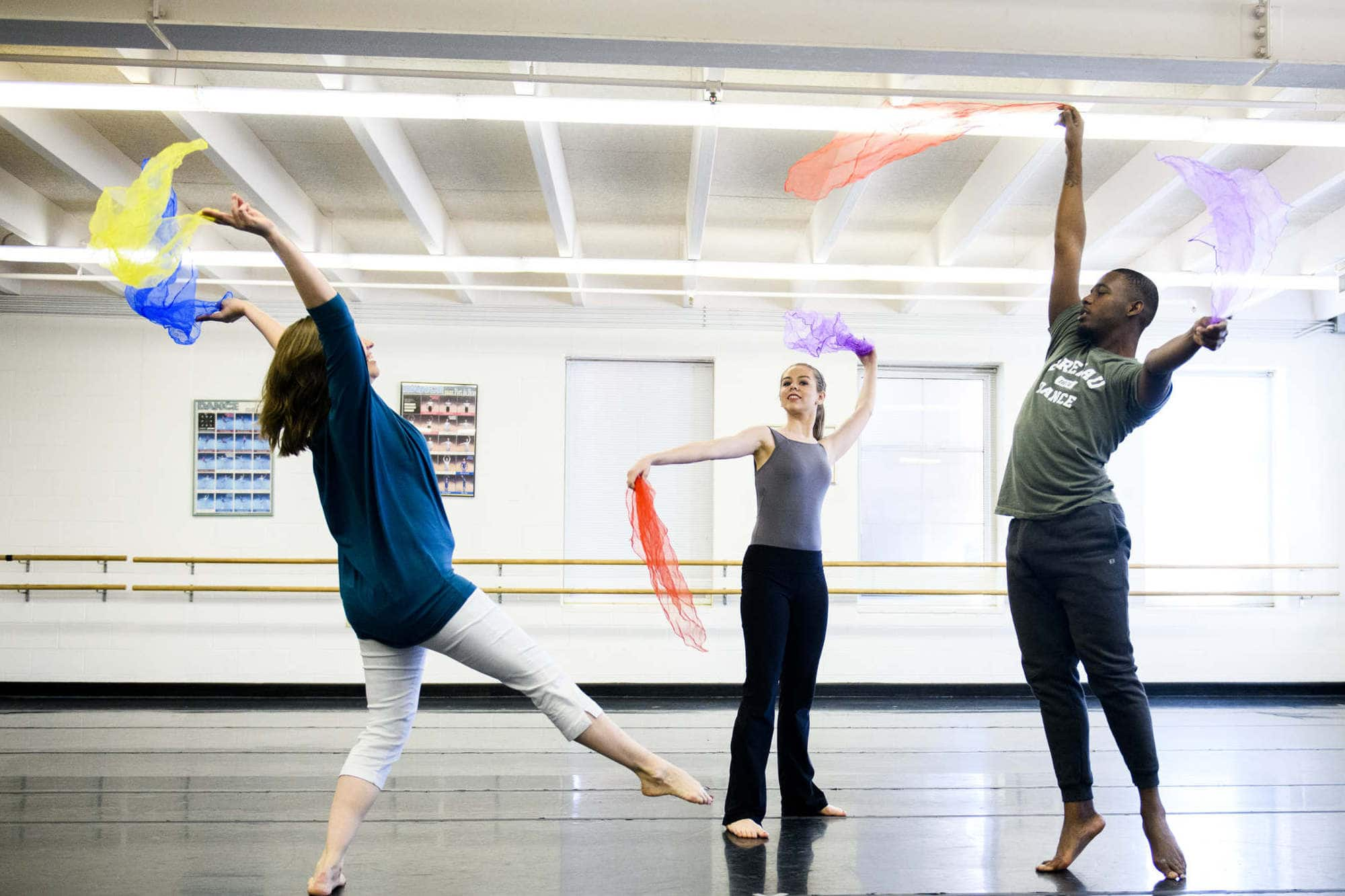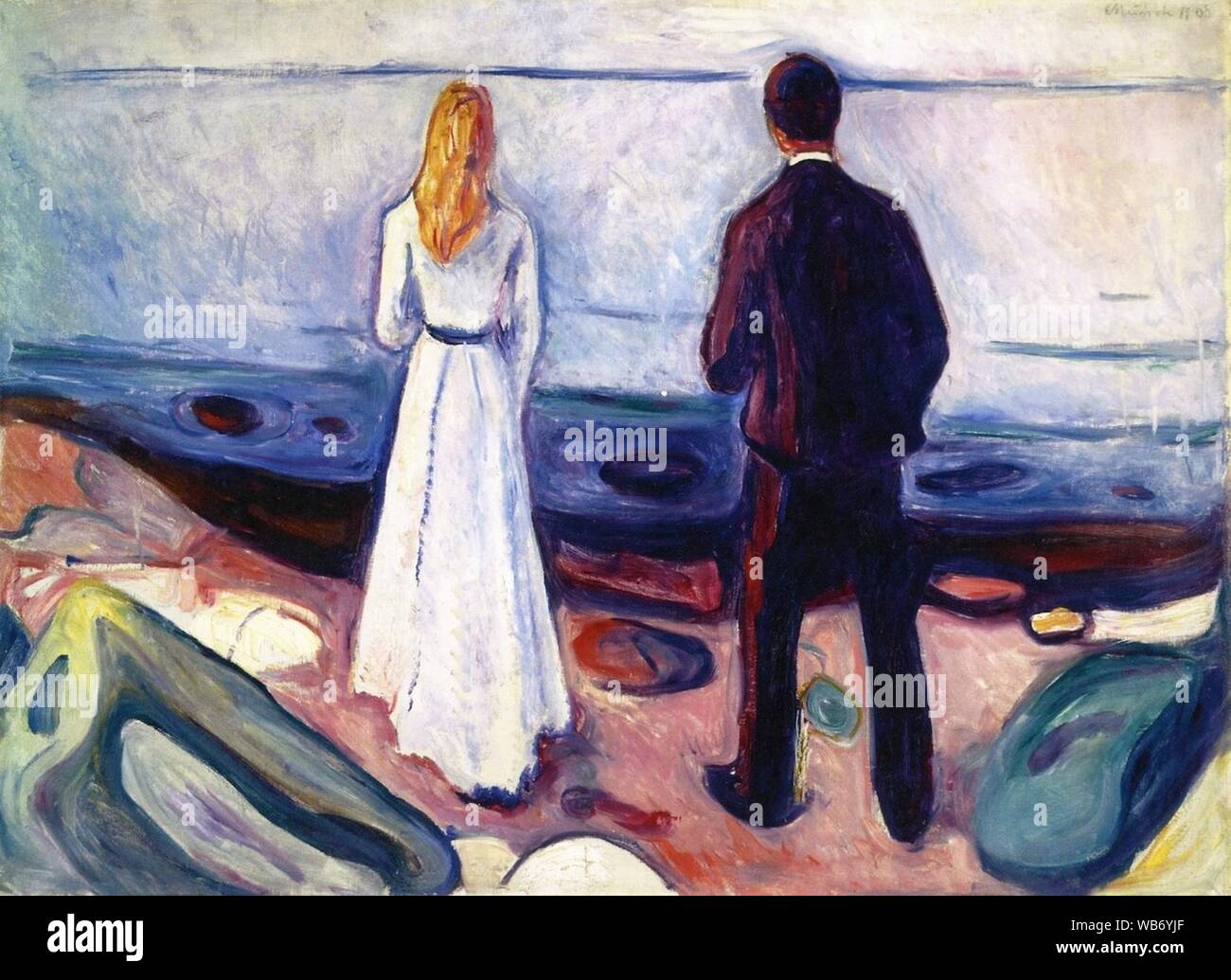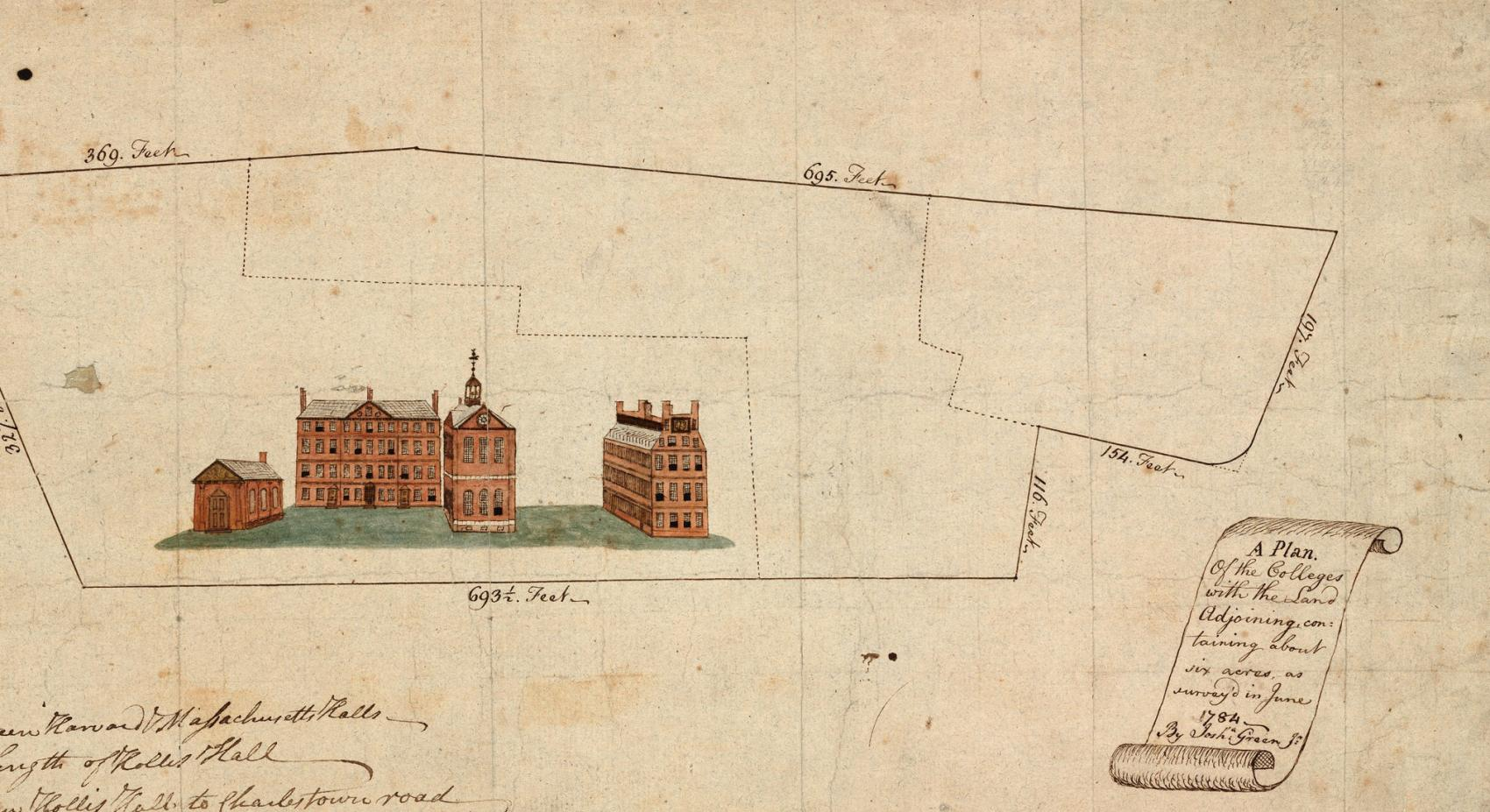Dance therapy is an innovative approach that harnesses the power of movement to facilitate emotional healing and well-being. This expressive form of therapy not only serves as a dynamic outlet for dance stress release but also taps into the deep psychological benefits of dance. By combining movement and creativity, individuals discover dance as a means of self-expression, transforming emotional struggles into a liberating experience. Whether it’s through rhythmic exploration or trance dancing, participants can access a meditative state that ignites the joy of dancing within themselves. Ultimately, dance therapy invites everyone to embrace their bodies and emotions, fostering a profound connection between the mind and spirit.
When we explore the realm of movement therapy, we delve into a highly effective practice that merges creativity with emotional wellness. Often referred to as expressive dance therapy or somatic movement, this modality encourages participants to connect with their inner selves through rhythmic expression. By engaging in activities that promote physicality and free-flowing movement, individuals often find relief from stress and anxiety, uncovering the joy associated with dance as an emotional release. Furthermore, various techniques, including trance-style dancing, can deepen personal introspection and foster therapeutic breakthroughs, highlighting the transformative potential of body movement in therapeutic settings. This holistic approach reaffirms the age-old understanding that the body holds the key to our emotional truths, making it essential in personal healing journeys.
The Liberation of Dance: Finding Stress Release Through Movement
Dance provides a unique outlet for stress release, allowing individuals to liberate their bodies from the heavy burdens of daily life. It acts as a therapeutic medium through which we can express pent-up emotions and stress. Whether it’s through structured choreography or freeform movement, dance enables us to process feelings that might otherwise overwhelm us. The psychological benefits of dance extend beyond mere enjoyment; they help to foster mental clarity and emotional well-being. Engaging in dance can effectively diminish anxiety levels and enhance mood by releasing endorphins, the body’s natural mood lifters.
Additionally, the joy of dancing hails from its ability to connect us with deeper parts of ourselves. When we shuffle, twirl, or slide to the rhythm, we tune into a form of self-expression that words often fail to convey. This connection can create profound moments of introspection, where we recognize aspects of ourselves previously locked away. Dance, indeed, offers not just physical release but also emotional rebirth as we engage with our innermost thoughts through movement.
Dance as Self-Expression: A Journey into Identity
Through dance, individuals carve out a unique narrative that showcases their identity and experiences. It serves as a vibrant canvas for self-expression, where movements echo the stories of our lives. Traditional and contemporary dance forms capture cultural nuances, personal struggles, and triumphs in ways that articulate our internal landscapes. Dance becomes a vehicle for speaking out against societal norms and expectations, allowing people to celebrate their individuality in the most authentic form.
In embracing dance as self-expression, we embark on a journey that often liberates us from societal constraints. The dance floor transforms into a sanctuary where judgments fade away, as one immerses themselves in the electrifying energy of movement. Just as Jeffrey L. Page encourages his students to dance without the pressure of being ‘good’, it’s essential to recognize that everyone has their unique dance. This act of personal expression fosters not just joy, but also a powerful connection to one’s history, identity, and community.
The Spiritual Aspect of Trance Dancing
Trance dancing, as observed in various cultures including the Malian tradition of djine foly, serves not only as a form of artistic expression but also as a profound means of spiritual engagement. This practice encourages dancers to reach altered states of consciousness, tapping into the richness of their heritage and invigorating the soul. The experience of losing oneself in the rhythm and energy of trance dance can evoke a sense of ecstasy that transcends the physical realm, fostering a deep connection with one’s spiritual self.
Moreover, trance dancing is frequently accompanied by communal celebrations where participants experience a shared joy and emotional release. This collective activity reinforces bonds within communities and amplifies the psychological benefits of dance. In these moments, individuals often catch what is colloquially referred to as the ‘holy ghost’, symbolizing a profound spiritual awakening. Through rhythm and movement, dancers not only celebrate their culture and traditions but also pave the way for healing and personal growth.
The Psychological Benefits of Dance
Engaging in dance offers an array of psychological benefits that contribute significantly to mental health and emotional resilience. Research indicates that regular participation in dance can lead to reductions in stress, anxiety, and depressive symptoms, thus promoting overall well-being. The act of dancing releases neurotransmitters such as dopamine and serotonin, which are crucial for mood regulation. Therefore, those who actively dance often report feeling uplifted and more optimistic about their lives.
In addition to fostering positive moods, dance also enhances cognitive functioning. The mental demands involved in learning and performing dance routines stimulate brain activity and improve memory and coordination. This cognitive exercise, paired with the emotional release found in dancing, creates a holistic approach to enhancing mental health. It becomes evident that dance isn’t just an art form; it is a powerful therapeutic tool that can transform lives through the joy of movement.
Dance Therapy: Using Movement for Healing
Dance therapy, a specialized form of expressive therapy, seeks to utilize movement as a means to promote emotional, cognitive, and physical integration. It has shown great efficacy in treating various psychological issues, including trauma, anxiety, and depression. As clients engage in movement, they are encouraged to express their feelings through their bodies, helping to unlock emotions that may have been suppressed or ignored. This practice not only promotes healing but also empowers individuals through rediscovery of their body and self.
Furthermore, dance therapy provides an inclusive environment where participants can connect with others who may share similar struggles. The supportive framework of therapy combined with the communal aspects of dance fosters a sense of belonging and validation. This dual approach maximizes personal growth and emotional healing, showcasing how dance transcends mere physical activity to become a vital aspect of therapeutic practices tailored for emotional well-being.
The Joy of Dancing: Embracing Freedom
Dance embodies a profound joy that taps into our most instinctual desires for emotional expression and physical movement. When we step onto the dance floor, we surrender ourselves to rhythmic beats, liberating ourselves from daily worries and insecurities. The joy of dancing lies in the freedom it provides, allowing individuals to explore their movements without fear of judgment. This feeling of freedom enhances self-worth and invites others to join in the celebration, creating a shared sense of happiness.
Moreover, the joy found in dance is contagious. When individuals come together to dance, the atmosphere becomes electric, sparking communal joy that uplifts spirits. Events like dance parties or community dance festivals promote social interaction and bonding, making dance a powerful tool for community building. Ultimately, embracing the joy of dancing enriches our lives, providing a platform for connection and self-discovery, making every movement a celebration of life.
Connecting Cultures through Dance
Dance acts as a bridge between cultures, facilitating understanding and appreciation of diverse backgrounds. Through various dance forms, we can explore the rich tapestry of global traditions and the stories behind each movement. Whether it’s traditional folk dance or modern interpretations, every dance tells the tale of its culture’s values, struggles, and joys. This cultural exchange encourages individuals to broaden their perspectives and embrace the beauty of diversity.
Moreover, participating in cultural dance allows individuals to celebrate and honor heritages, fostering pride and connection to one’s roots. Communities that engage in cultural dances often form a collective identity that strengthens interpersonal bonds. In this fusion of dance, we not only learn about each other but also create shared experiences that promote unity and respect within our increasingly global society.
The Role of Dance in Education
Incorporating dance into educational settings provides numerous benefits for students, aiding in their overall development. Dance education enhances creativity and self-discipline, allowing students to explore their artistic potential while developing essential skills such as teamwork and leadership. Moreover, engaging in dance helps improve physical fitness and coordination, contributing to a well-rounded education that values holistic development.
Additionally, dance can serve as a powerful tool for self-expression in classrooms, encouraging students to communicate their thoughts and feelings through movement. This can be particularly beneficial for students who may struggle with conventional forms of communication. Overall, integrating dance into education not only enriches students’ learning experiences but also fosters a deeper understanding of themselves and their peers.
Healing Through Dance: The Therapeutic Aspects
Dance has long been recognized for its healing properties, often being used therapeutically to assist individuals in coping with physical and emotional traumas. Whether through structured sessions with trained therapists or spontaneous free dancing, movement serves as a cathartic outlet that can unlock deep-seated emotions and facilitate personal healing. The embodiment of feelings through dance translates psychological struggles into motion, allowing for innovative pathways for therapy.
Beyond individual healing, group dance therapy sessions create a community of support, where participants share their journeys. The shared experience fosters empathy and connection, enabling individuals to feel less isolated in their struggles. Consequently, dance therapy not only promotes healing of the self but also nurtures relationships within those communities, underscoring the power of collective movement in therapeutic practices.
Frequently Asked Questions
What are the psychological benefits of dance therapy?
Dance therapy offers numerous psychological benefits, such as reducing stress through dance stress release and enhancing emotional expression. Engaging in movement allows individuals to process emotions and trauma, promoting healing and mental well-being. Moreover, the joy of dancing can improve mood and foster a sense of community and connection with others.
How can dance as self-expression aid in emotional healing?
Dance as self-expression serves as a powerful tool for emotional healing by enabling individuals to convey feelings that may be difficult to articulate verbally. Through movement, participants can release pent-up emotions, explore their identities, and experience personal growth, which are essential aspects of dance therapy.
What is trance dancing and how does it relate to dance therapy?
Trance dancing is a meditative practice that involves repetitive movements and rhythms to induce an altered state of consciousness. In dance therapy, trance dancing helps participants access deeper emotions and experiences, facilitating a profound journey of self-discovery and stress relief through expressive movement.
How does dance therapy provide stress release?
Dance therapy provides stress release by encouraging participants to engage in physical movement that allows for the expression of emotions. Activities like dance stress release can alleviate tension, promote relaxation, and enhance mood, making it an effective method for managing stress and anxiety.
What role does the joy of dancing play in dance therapy?
The joy of dancing is integral to dance therapy, as it fosters a sense of freedom and enthusiasm in participants. This joy not only enhances the therapeutic experience but also encourages individuals to overcome barriers, embrace their bodies, and connect more authentically with themselves and others.
| Key Point | Description |
|---|---|
| Importance of Visibility | Dance expresses self-identity and offers a narrative through movement, as discussed by Jeffrey L. Page. |
| Cathartic Experience | Transitioning from a non-dancing to a dancing body unlocks hidden emotions and joy, akin to writing the perfect essay. |
| Cultural Context | The djine foly tradition in Mali exemplifies dance as a spiritual experience, connecting dancers with their cultural heritage. |
| Releasing Burdens | Dance therapy allows individuals to release emotional burdens, as seen in Page’s engaging teaching style. |
Summary
Dance therapy is a transformative practice that allows individuals to connect with their emotions and express themselves freely. It’s not just about the physical act of dancing but understanding how movement acts as a powerful form of communication. By embracing dance, individuals can find healing, joy, and a spiritual connection that is vital for their well-being. Remember, in dance therapy, nobody cares about how you look; the true essence lies in feeling and liberating oneself through movement.




